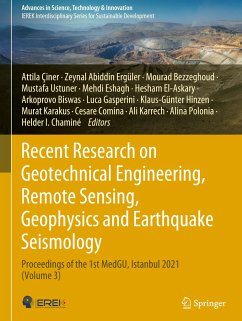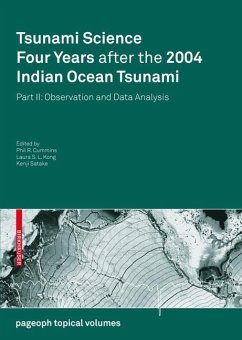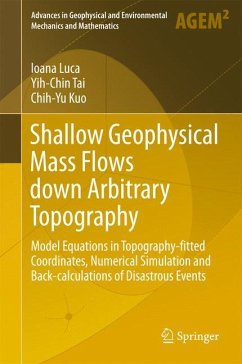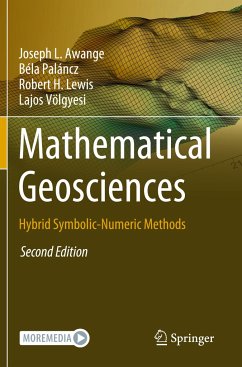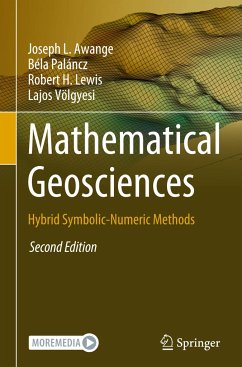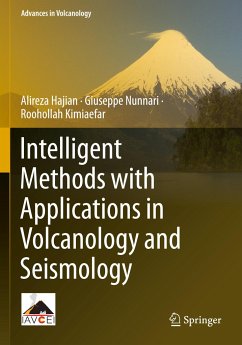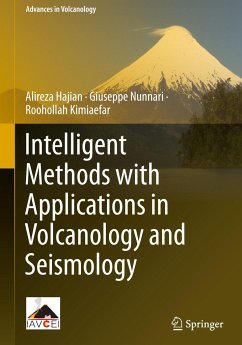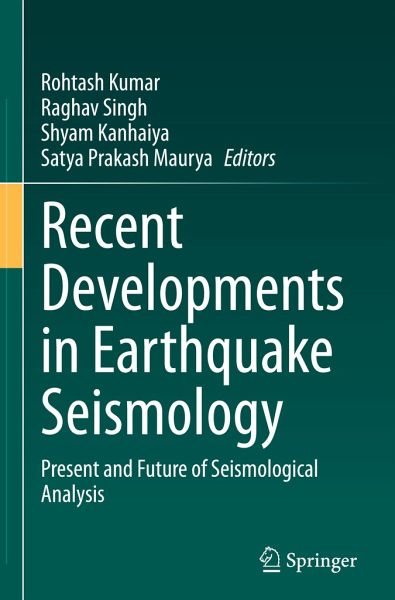
Recent Developments in Earthquake Seismology
Present and Future of Seismological Analysis
Herausgegeben: Kumar, Rohtash; Singh, Raghav; Kanhaiya, Shyam; Maurya, Satya Prakash

PAYBACK Punkte
50 °P sammeln!
The book presents earthquake source, wave propagation, site amplification, and other seismological studies including earthquake simulation, application of Artificial Neural Network (ANN) in seismology, earthquake early warning system, waveform inversion, moment tensor analysis, receiver function analysis, earthquake prediction, and earthquake early warning system applications. To minimize the losses due to an earthquake, it is better to understand the source properties, medium characteristics, site condition, and amplitude of a probable earthquake at a particular site. The evolutions of earthq...
The book presents earthquake source, wave propagation, site amplification, and other seismological studies including earthquake simulation, application of Artificial Neural Network (ANN) in seismology, earthquake early warning system, waveform inversion, moment tensor analysis, receiver function analysis, earthquake prediction, and earthquake early warning system applications. To minimize the losses due to an earthquake, it is better to understand the source properties, medium characteristics, site condition, and amplitude of a probable earthquake at a particular site. The evolutions of earthquake source models make it possible to understand the source dynamics. However, analysis of the source using a single-domain method does not provide a better understanding of the source dynamics. Therefore, this book combines methods from the earthquake spectrum to waveform inversion and joint inversion. The book also discusses earthquake prediction methods and their reliability around the globe, and techniques of simulation viz. stochastic, empirical, semi-empirical, and hybrid, along with their limitations and application. Seismology is an interdisciplinary subject. Therefore, the information presented in the book will appeal to a wider readership from students, teachers, researchers, planners engaged in developmental work, and people concerned with earthquake awareness.





